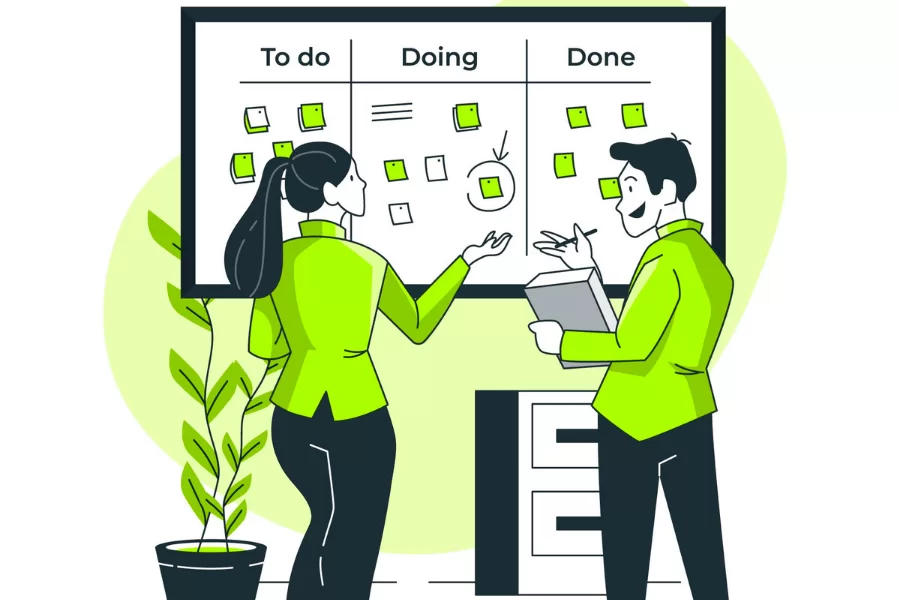Is Scrum Useful For Small Development Teams?

- Practitioner
- November 4, 2021
- 9:49 am
- No Comments
Scrum follows empiricism and makes a way for teams to develop an amazing final product by working together with a focused mindset. Product development using scrum means working on small pieces at a time which encourages product building teams to be creative and get time to respond to feedback and make changes accordingly, to build exactly what is needed.
Today modern software engineering processes should be able to look beyond deployment and chronological development processes. In order to meet the needs for the better delivery time, scrum follows an iterative & incremental approach for software development. As we already know scrum works in sprints which typically are max one month long.
As we already monitor on a daily basis large teams are a challenge to any management, although the hierarchical structure is perceived to be a better solution to manage the different aspects of the company, however it often overwhelms the responsibility in the hierarchical role. These kinds of structures kill the creative energies and leave scope for delay in decision making. Whereas small autonomous teams present a better answer to these problems with the implementation of Scrum.
To achieve the scrum principle in the development team there should be few implementations required within the team, these implements consist of people who are Goal-oriented, self-managing, Empowered, and Better motivated because Scrum works best for complex projects where constant inspection and adaptation is required.
LET’S SEE HOW TO USE SCRUM TO GET A BETTER RESULT
- The first thing to be understood about development projects, the product owner is the key user in the project. They have ownership of the product backlogs, during the development the team can add anything to the backlogs, but only the product owner has the right to accept.
- Scrum Master plays a very important role throughout the project development, Scrum Master ensures that the team is being productive by assisting the team with implementing the scrum process at the same time removing any impediments during the sprint work.
- As we talk about the sprint, it is the very first step that takes place at the beginning of product development, each sprint planning and meeting set between product owners and the developers discussing the high order of importance items required on the product backlog.
- This meeting concludes how many items a team can actually commit during that particular sprint which is essentially the list of tasks that are to be performed with an estimated amount of time each sprint will require.
- After each sprint team has to produce a usable or useful Increment at the same time they also have to attend daily scrums to inspect the progress towards the goal and adapt the plan if necessary.
- At the end of each sprint, a sprint review is done where the team gives a Hands-on to the stakeholders that was added during the sprint, this review session is conducted to obtain feedback from the stakeholders for incorporation in the functionality.
- Sprint retrospective which is performed by a whole project team including Scrum Master and product owner also take part in order to create a list of improvement on individuals, interactions, process, tools & quality.

